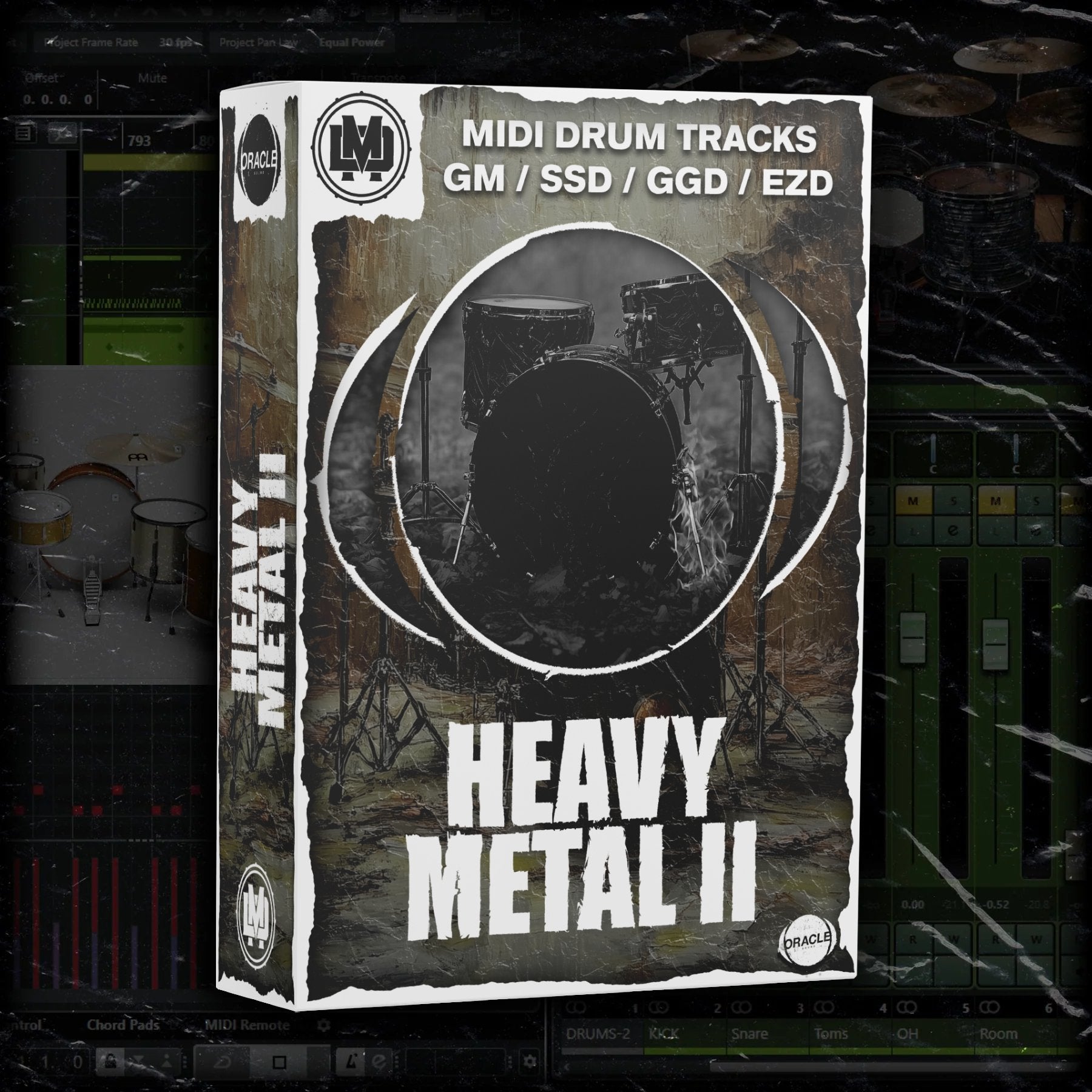Innovative Ways to Use MIDI Drum Patterns
Innovative Ways to Use MIDI Drum Patterns
Blog Article
MIDI drum patterns have reached the primary of modern audio production. They let musicians and suppliers to generate vibrant, versatile defeats that get a track's rhythm. Whether you're a starter or a seasoned maker, knowledge the fundamentals of making midi drum patterns may elevate your audio creation skills. That manual covers all you need to know—from standard ideas to advanced techniques—to art persuasive drum patterns designed to your music.
What Are MIDI Drum Patterns?
MIDI (Musical Instrument Digital Interface) drum patterns are electronically developed sequences of drum beats set in a DAW (Digital Audio Workstation). Unlike noted audio, MIDI data includes information about the timing, frequency, speed, and period of records, giving complete control around all facets of the beat.
With MIDI, companies may test out countless drum packages, tune rhythms, and layer sounds to generate defeats for styles ranging from hip-hop to digital to rock. The versatility of MIDI causes it to be a vital software for audio production.

The Making Prevents of a Drum Structure
Creating a great MIDI drum design begins with understanding the aspects of a drum system and their roles in surrounding flow:
Stop Drum: Forms the foundation of the beat. It offers the thud or low-end strike that drives the rhythm.
Snare Drum:Brings power and stress, often creating the snap noise heard on the 2nd and 4th beats in several genres.
Hi-Hats: These come in two forms (closed and open) and put rhythm and difference with consistent patterns.
Toms: Complete transitions or include dynamics to your patterns.
Crash and Trip Cymbals: Used for highlights and to level changes within a song.
Measures to Create MIDI Drum Patterns
Stage 1: Focus on a Basic Structure
Set down a straightforward 4/4 beat. Use a end drum on beats 1 and 3 and a snare on beats 2 and 4. Include regular hi-hats on every eighth note to keep the beat moving. That ensures a strong foundation.
Stage 2: Add Complexity
When your fundamental flow is in position, present variation. Put offbeat hi-hat visitors, ghost records on the snare, or syncopation to make a rhythm that feels living and engaging.
Stage 3: Focus on Velocity and Humanization
One frequent issue with MIDI drum habits is that they can noise robotic if every notice is played at the same velocity. Adjust velocities to copy the dynamics of an actual drummer's performance. Also, test out slight time changes to humanize the rhythm.
Step 4: Incorporate Floods and Transitions
Drum floods are important for marking changes between song sections. Use tom moves, snare floods, or cymbal crashes to incorporate pleasure and movement to your habits, keeping listeners engaged.

Step 5: Experiment with Genres
Discover different styles to develop your comprehension of drum patterns. Hip-hop beats may possibly feature swung hi-hats and syncopated sneakers, while electronic music frequently employs delicate grid-based programming and split percussion.
Methods for Elevating Your Beats
Coating Your Seems: Combine samples or drum seems to generate larger, more bumpy beats.
Use Effects Tastefully: Add reverb, wait, or pressure to specific drum components for a more refined sound.
Study Actual Drummers: Analyze drum shows in your preferred songs to comprehend dance and flow habits better.
Uncover Countless Imagination with MIDI
Understanding MIDI drum styles enables you to innovate and change beats to meet up the needs of any track. By mixing specialized precision with creative experimentation, you are able to hobby rhythms that push your music and keep an enduring impact. Begin exploring today and touch in to the boundless possibilities of MIDI for your drum production.
Report this page